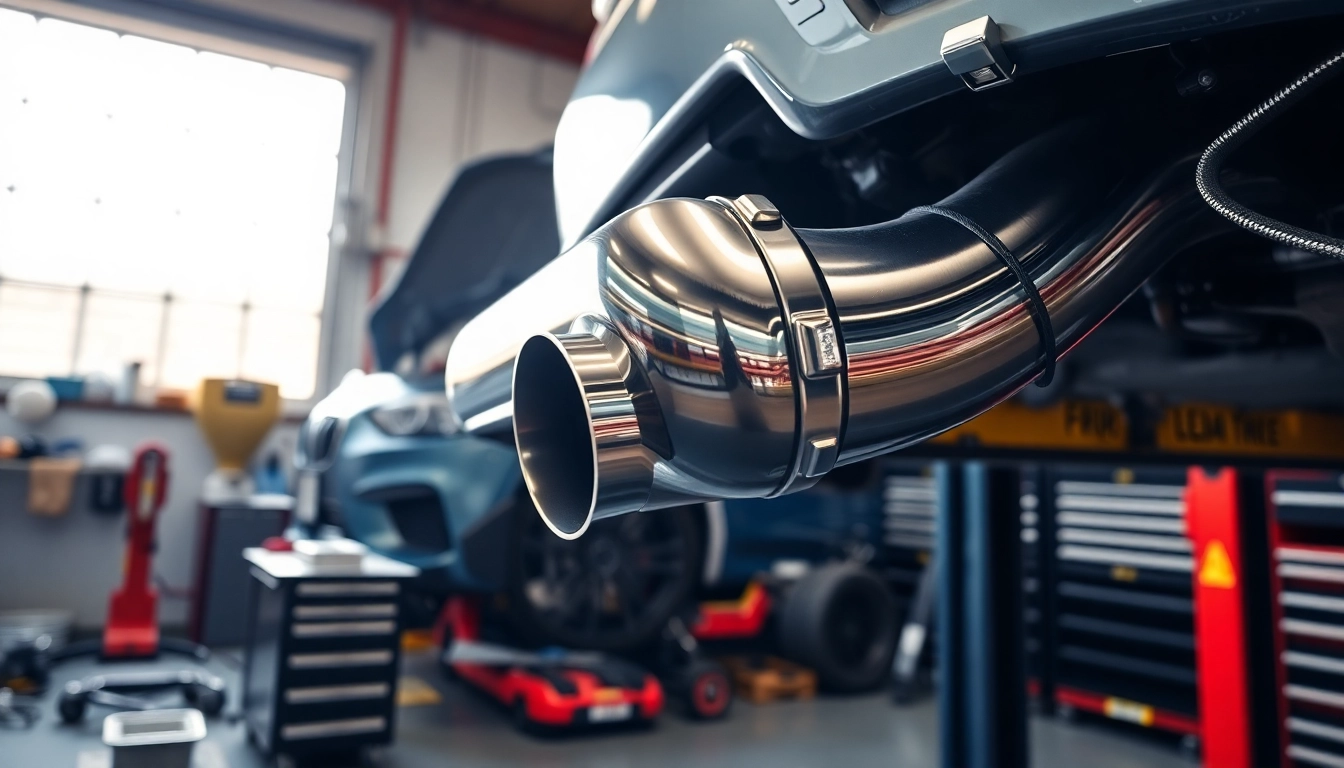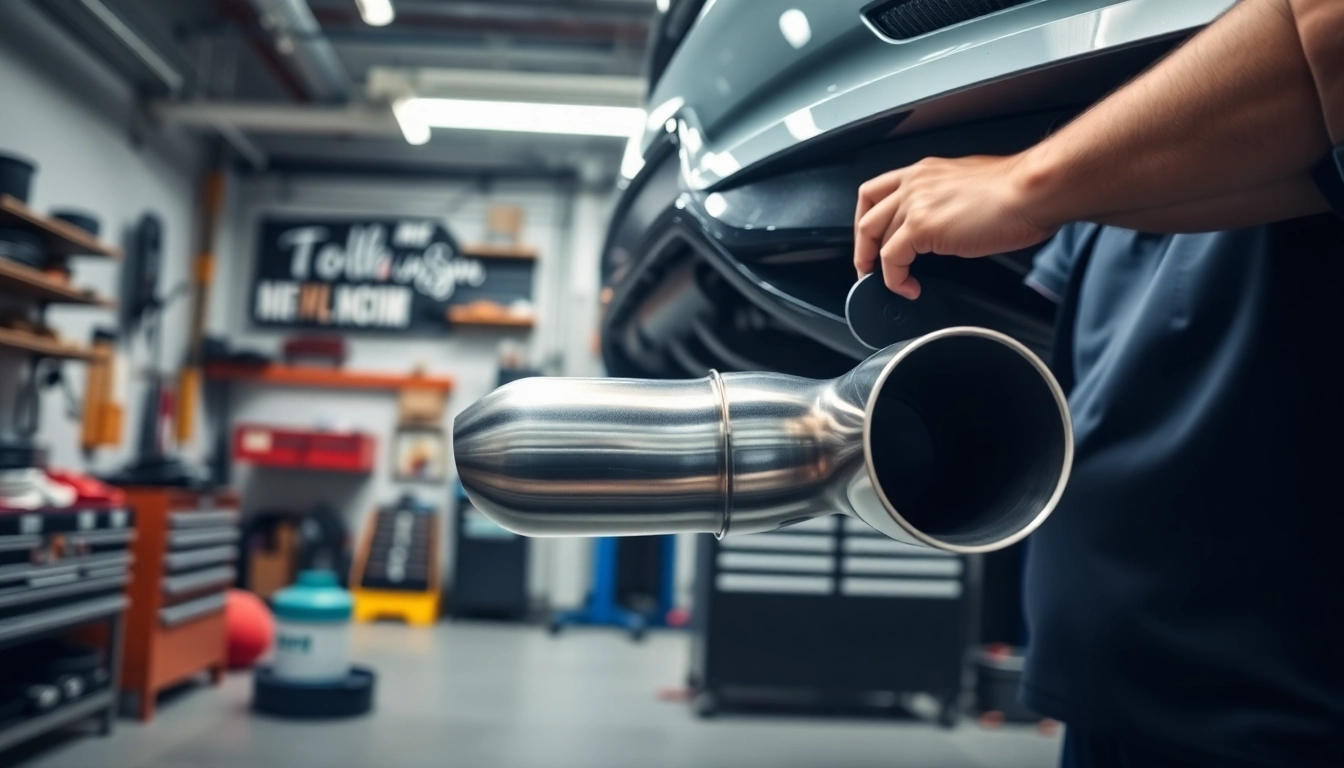
Introduction to Automatic Bioethanol Fireplaces
In today’s age, where environmental considerations and cutting-edge technology shape our living spaces, the automatic bioethanol fireplace stands out as a remarkable solution. It balances aesthetics, functionality, and sustainability, creating a warm, inviting atmosphere while minimizing ecological impact. These modern fireplaces are designed to provide warmth and ambiance without the traditional drawbacks associated with wood-burning counterparts, such as smoke and soot. These features are enhanced by integration with smart home systems, making them not only technologically advanced but also highly efficient. In this comprehensive guide, we will explore the benefits of using bioethanol fuel, distinguishing factors between automatic and manual models, their safety features, and essential guidance for selecting the perfect unit for your home.
Benefits of Using Bioethanol Fuel
Bioethanol fuel is derived from renewable biomass materials, which makes it an environmentally friendly option compared to fossil fuels. The primary benefits of using bioethanol fuel include:
- Clean Burn: Bioethanol produces a clean flame with no soot, smoke, or ash, ensuring that your indoor air quality remains unaffected.
- Renewable Resource: As a biofuel, it is sustainably sourced, making it a responsible choice for eco-conscious consumers.
- High Efficiency: Bioethanol burns efficiently, converting a large percentage of its fuel to energy and heat.
- Versatility: It can be used in various fireplace designs, including indoor and outdoor settings, making it suitable for diverse environments.
How Automatic Models Differ from Manual Ones
Automatic bioethanol fireplaces offer significant advantages over manual options:
- Ease of Use: Automatic models feature electronic controls, allowing users to ignite flames with the press of a button.
- Adjustable Flames: Many automatic fireplaces allow users to adjust the flame size and heat output, tailoring ambiance and warmth to specific needs.
- Safety Features: Automatic units often include built-in safety sensors that detect heat and flame levels, offering an enhanced level of precaution compared to manual models.
- Fuel Management: With systems that allow for refilling of bioethanol fuel automatically, there’s no need for manual intervention, ensuring a seamless experience.
Safety Features in Modern Ethanol Fireplaces
Safety is paramount when dealing with any form of combustion. Here are features that modern automatic bioethanol fireplaces offer to maximize user safety:
- Flame Sensors: These detect any irregularities in the flame and shut off the system automatically if necessary.
- Heat Sensors: These prevent overheating by controlling the unit’s maximum operating temperature.
- Child Lock Features: Ensuring that settings cannot be tampered with by children or pets, adding an additional layer of protection.
- Automatic Shut-off: Many models incorporate a timer allowing the unit to turn off after a pre-set duration of use.
Choosing the Right Automatic Bioethanol Fireplace
With a myriad of options available, selecting the right automatic bioethanol fireplace requires consideration of several factors. Here we break down essential aspects to help you make an informed choice.
Factors to Consider Before Purchasing
- Space Requirements: Measure the area where you plan to install the fireplace to ensure it fits comfortably.
- Design Aesthetics: Consider the overall style of your home and choose a design that complements your decor, whether modern, traditional, or minimalist.
- Heat Output: Assess the fireplace’s BTU (British Thermal Units) rating to ensure it can sufficiently heat your space.
- Maintenance Needs: Look for models that are easy to maintain and clean, ensuring long-term satisfaction.
- Safety Features: Consider the specific safety features each model offers and prioritize those that best suit your home environment.
Comparative Analysis of Top Brands
Several brands stand out in the market for automatic bioethanol fireplaces. Here’s a subjective analysis comparing some of the leading players:
- Planika: Known for its cutting-edge technology and smart features, Planika’s models often come equipped with advanced sensor systems to ensure maximum safety.
- Afire: Offers a robust line of automatic ethanol burners that are user-friendly and adaptable for various home settings.
- Bio Flame: This range focuses on aesthetics as much as functionality, intertwining innovative designs with ease of use.
- Ignis Products: Features versatile and user-friendly models that can be controlled via smartphone apps or remotes, appealing to the tech-savvy consumer.
Installation Requirements and Guidelines
While automatic bioethanol fireplaces are relatively easy to install, there are some guidelines to follow:
- Location: Choose a flat, level surface and ensure enough clearance around the fireplace for safe operation.
- Ventilation: Even though bioethanol fireplaces do not require a chimney, consider the overall ventilation of the space to permit adequate air circulation.
- Electrical Considerations: Depending on the model, a nearby power source may be necessary for plug-in functions.
- Professional Installation: If you’ve chosen a more complex model, it may be beneficial to hire a professional for installation to ensure safety and compliance with local regulations.
Benefits of Automatic Bioethanol Fireplaces
The integration of automatic features in bioethanol fireplaces not only enhances convenience but also elevates the overall experience. Here are some of the key benefits:
Convenience and Usability
Automatic bioethanol fireplaces are designed for modern living. Their convenience is reflected in:
- Remote Control Operation: Many models come with remote controls or smartphone apps that allow you to ignite, adjust, and shut down the fireplace from the comfort of your couch.
- Quick Setup: Unlike traditional wood-burning fireplaces which require substantial installation, many automatic bioethanol options can be set up quickly with minimal tools.
- Clean Fuel Refilling: With features like auto-fuel fill technology, maintaining these fireplaces is easy, allowing you to enjoy the ambiance without frequent disruptions.
Design Versatility for Any Interior
Available in numerous styles, shapes, and sizes, automatic bioethanol fireplaces are designed to fit seamlessly into any interior:
- Wall-Mounted Options: Perfect for spaces where floor installation isn’t feasible, providing an elegant and eye-catching focal point.
- Tabletop Models: Ideal for smaller living areas or for use as decorative pieces on tables.
- Built-In Fireplaces: Can be integrated into existing cabinetry or walls, providing a custom look that enhances your design.
Environmental Impact Compared to Traditional Fireplaces
Choosing an automatic bioethanol fireplace greatly reduces one’s environmental footprint:
- No Emissions: Unlike traditional wood-burning fireplaces, bioethanol fireplaces produce no harmful emissions, promoting a healthier indoor atmosphere.
- Renewable Resource Utilization: Bioethanol is produced from sustainable sources, meaning that as demand grows, it could positively influence agricultural and technological advancements.
- Minimal Waste: The absence of ash and soot not only simplifies cleaning but also reduces refuse that conventional fireplaces generate.
Maintaining Your Automatic Bioethanol Fireplace
Regular maintenance is vital to ensure your automatic bioethanol fireplace operates effectively and safely. Here are key practices to follow:
Cleaning and Care Tips
Keep your fireplace looking pristine with the following cleaning practices:
- Wipe Down Regularly: Use a damp cloth to clean the glass and metal surfaces, removing dust and residue.
- Fuel Tray Maintenance: Clean the fuel tray after every few uses to prevent residue build-up that could affect performance.
- Check Seals: Periodically inspect seals and joints for any wear and tear, replacing them if necessary to maintain safety and efficiency.
Fuel Management Strategies
Effective fuel management will enhance the longevity of your fireplace:
- Use High-Quality Bioethanol: Select premium bioethanol to promote efficient combustion and reduce impurities.
- Store Fuel Properly: Keep bioethanol stored in a cool, dry place away from direct sunlight to prolong its shelf life.
- Monitor Usage: Keep track of fuel consumption to ensure timely refilling and avoid running out unexpectedly.
Troubleshooting Common Issues
Some common issues may arise during operation. Here’s how to troubleshoot effectively:
- Flame Goes Out Unexpectedly: Check for adequate fuel levels and ensure that the fuel tray is correctly positioned.
- Irregular Flame Height: Clean the burners and ensure there are no blockages causing inconsistent operation.
- Remote Control Not Working: Replace batteries and ensure the fireplace is receiving power; refer to the unit’s manual for additional troubleshooting steps.
Frequently Asked Questions about Automatic Bioethanol Fireplaces
Are They Cost-Effective in the Long Run?
While bioethanol fuel may be more expensive than traditional wood or gas in terms of unit costs, the maintenance and installation costs associated with automatic bioethanol fireplaces are generally lower. They also have a long lifespan, further enhancing their cost-effectiveness.
What Do I Need for Operation?
To operate an automatic bioethanol fireplace, you need:
- The unit itself,
- Quality bioethanol fuel,
- A power source, if required by the model, and
- Proper ventilation to maintain air quality.
Is My Home Suitable for an Ethanol Fireplace?
Most homes can accommodate an automatic bioethanol fireplace since they do not require venting. However, consider factors like ventilation and available space for installation. Always consult the manufacturer’s guidelines to ensure compatibility with your specific home environment.







